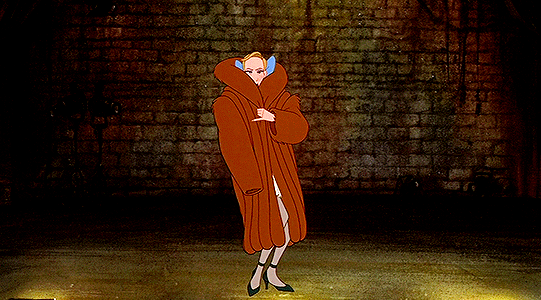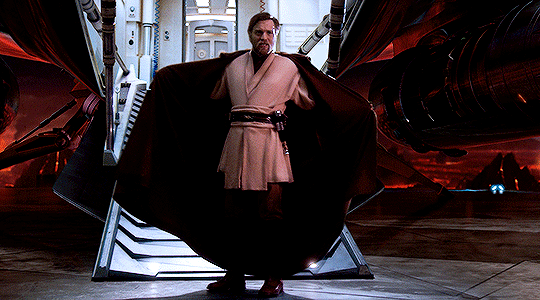Don't wanna be here? Send us removal request.
Text
One of best tasting soups for fall season 🍂

My best roast butternut soup recipe
22 notes
·
View notes
Photo

this guy was the only member of this club at my alma mater for like 3 years in the 80s. Love him
93K notes
·
View notes
Photo

this guy was the only member of this club at my alma mater for like 3 years in the 80s. Love him
93K notes
·
View notes
Video
I feels that
It’s Christmas Eve post Nichijou Santa
18K notes
·
View notes
Video
The Nutcracker dance you’ve NEVER seen before!
338K notes
·
View notes
Photo


Astrofuturism: Science, Race, and Visions of Utopia in Space (2003)
Astrofuturism: Science, Race, and Visions of Utopia in Space is the first full-scale analysis of an aesthetic, scientific, and political movement that sought the amelioration of racial difference and social antagonisms through the conquest of space. Drawing on the popular science writing and science fiction of an eclectic group of scientists, engineers, and popular writers, De Witt Douglas Kilgore investigates how the American tradition of technological utopianism responded to the political upheavals of the twentieth century.
Founded in the imperial politics and utopian schemes of the nineteenth century, astrofuturism envisions outer space as an endless frontier that offers solutions to the economic and political problems that dominate the modern world. Its advocates use the conventions of technological and scientific conquest to consolidate or challenge the racial and gender hierarchies codified in narratives of exploration. Because the icon of space carries both the imperatives of an imperial past and the democratic hopes of its erstwhile subjects, its study exposes the ideals and contradictions endemic to American culture.
Kilgore argues that in the decades following the Second World War the subject of race became the most potent signifier of political crisis for the predominantly white and male ranks of astrofuturism. In response to criticism inspired by the civil rights movement and the new left, astrofuturists imagined space frontiers that could extend the reach of the human species and heal its historical wounds. Their work both replicated dominant social presuppositions and supplied the resources necessary for the critical utopian projects that emerged from the antiracist, socialist, and feminist movements of the twentieth century.
This survey of diverse bodies of literature conveys the dramatic and creative syntheses that astrofuturism envisions between people and machines, social imperatives and political hope, physical knowledge and technological power. Bringing American studies, utopian literature, popular conceptions of race and gender, and the cultural study of science and technology into dialogue, Astrofuturism will provide scholars of American culture, fans of science fiction, and readers of science writing with fresh perspectives on both canonical and cutting-edge astrofuturist visions..
by De Witt Douglas Kilgore (Author)
Get it here
De Witt Douglas Kilgore is Associate Professor of English and American Studies at Indiana University. He is the author of Astrofuturism: Science, Race and Visions of Utopia in Space (2003). His article “Seeking the Galactic Club: Fred Hoyle, Carl Sagan and the C/SETI Novel” is forthcoming in Handbook of Society and the Universe edited by Peter Dickens and James Ormrod.
[Follow SuperheroesInColor faceb / instag / twitter / tumblr / pinterest]
808 notes
·
View notes
Photo

Why Jake Choi Of ‘The Sun Is Also A Star’ Represents The Invisible Asian America
There’s a certain familiar energy that emanates from Jake Choi, and minutes into our conversation, I understand why.
Choi, who’s Korean American, is experiencing his come-up as a series regular on the sitcom “Single Parents” and as bad-boy older brother Daniel Bae in the film “The Sun Is Also A Star.” Covered in tattoos, with earnestness detectable in his voice, the actor stands out in his profession, in part because of his background.
Choi is the son of working-class Korean immigrants who made Queens, New York, their home. When he was 10 years old, his father left, leaving his mother to support the family.
His background might seem surprising, given the prevalent stereotype that Asian Americans are financially well-off. But Choi is Asian America ― the part we see all around us but that’s rarely acknowledged in any medium, much less on the big screen.
Choi notes that he “grew up with a whole bunch of friends who had single parents,” many of whom were from immigrant and blue-collar families. He’s not really a rarity at all. Choi and other Asians who’ve grown up underprivileged make up a significant portion of the racial group.

In Choi’s hometown, more than 75 percent of Asian Americans are immigrants, according to the 2011 American Community Survey. In New York City, Asians as a group have the second-highest percentage of adults with no high school diploma. Almost 50 percent of Queens’ Asian population is unable to speak English “very well.” And more than 90 percent of New York City’s Chinese, Korean and Vietnamese-speaking senior citizen populations have limited English skills.
Conversations about representation remain fairly surface-level in Hollywood, focusing on whether Asian Americans are leads or if Asian stories are being whitewashed. It’s all critical. It’s necessary. And we’ve gone far too long without these debates.
However, mainstream media hasn’t yet broached the topic of working-class Asian Americans in the industry and their challenges in accessing roles. The topic left Choi deep in thought ― so much so that he took it upon himself to call me days after the interview to continue the conversation.
Read the rest of the interview with Choi here.
502 notes
·
View notes
Link
The 1990s was truly a great decade for American cinema, including Black American films. I really miss the storytelling pace and style from the 90s that we don’t see in new films anymore.
The 1990s marked a particularly prosperous period for Black auteurship, which could only really be fully appreciated decades later, with so much of its promise left unfulfilled.
Over the weekend, BAM Film kicked off the series Black 90s: A Turning Point in American Cinema, featuring a host of beloved classics including House Party (1990), Boomerang (1992), Waiting to Exhale (1995), Love Jones (1997), and a 25th anniversary screening of Spike Lee’s Crooklyn(1994).
420 notes
·
View notes
Link
7K notes
·
View notes
Link
There’s a former bicycle mechanic in Tanzania whose inability to keep himself from tinkering and fiddling with stuff has turned him into something of a local hero. Bernard Kiwia is his name and these days, he’s widely considered “the father of rural innovation in Tanzania.”

Kiwia started out as a repairer of broken bicycles – something he picked up from his father who ran a small bicycle repair shack in Arusha. But nowadays, though, “serial inventor” seems like the most appropriate title.
228 notes
·
View notes
Photo






I want to ask you a question straight out, flat out, and I want you to give me an honest answer. Dumb & Dumber (1994)
22K notes
·
View notes
Photo

This is a really helpful page in my CBT textbook for tackling some of the maladaptive beliefs we often hold. The first column lists the rules and assumptions we often may tell ourselves, while the second column is a more functional belief. Just thought I would pass this along. Be kind to yourselves, friends❤
68K notes
·
View notes










